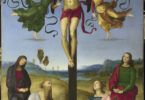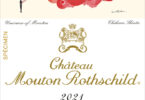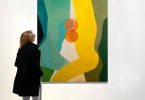
Just three years ago, Jan Dilenschneider sold her first painting. She recently participated in the Art Paris Art Fair at the Grand Palais, one of the most prestigious art shows in the world. Her work was a highlight of Galerie Pierre-Alain Challier’s exhibition.
This is an extraordinary achievement. Each spring the Grand Palais show is seen as the epicenter of contemporary art from post-World War II to the present. The fair attracted more than 50,000 people over a three-day period.
Prior to her participation in the Art Paris Art Fair, Dilenschneider had three solo shows at Galerie Pierre-Alain Challier, located in the historic Le Marais district, and a recent exhibition at the Bellarmine Museum at Fairfield University, the most popular show in the museum’s history. Her next solo exhibition is already scheduled for October at the Sill House Gallery at the Lyme Academy of Fine Arts in Connecticut.
Dilenschneider’s inspiration comes from the ever-changing landscape around her home on the Long Island Sound. Shore grasses bending in the breeze, blue skies reflected in the cool water and extraordinary trees silhouetted against green lawns all find their way on to her canvas. At times when she is driving, she immediately pulls over to photograph a spectacular sky or colorful vegetation. Nature in all of its transformations is an integral part of her work.

PondReflections-Dilenschneider
Leave a Comment
You must be logged in to post a comment.






